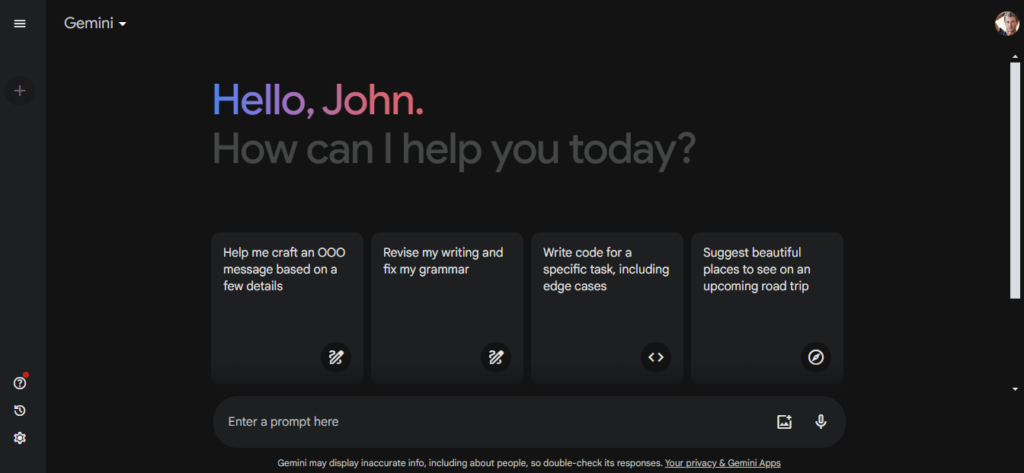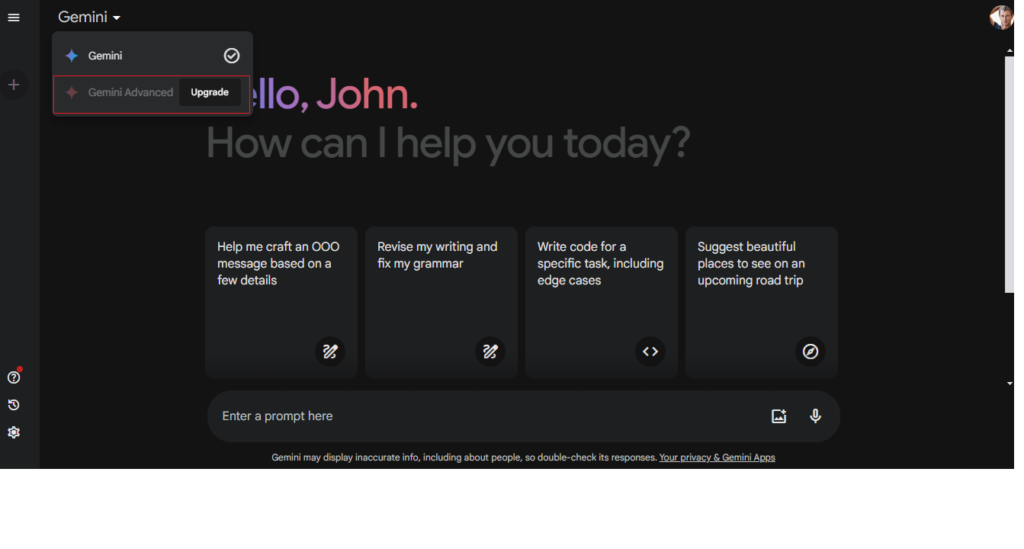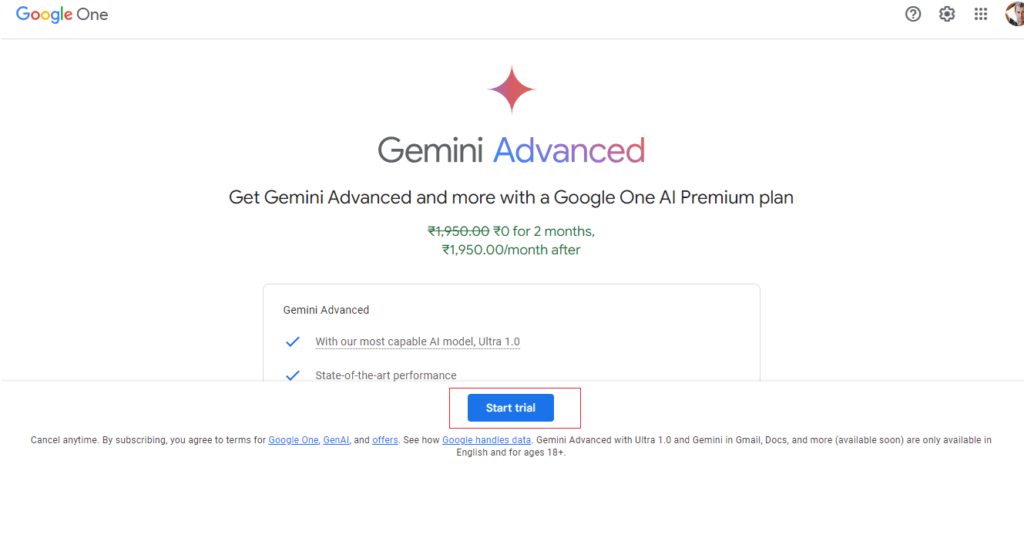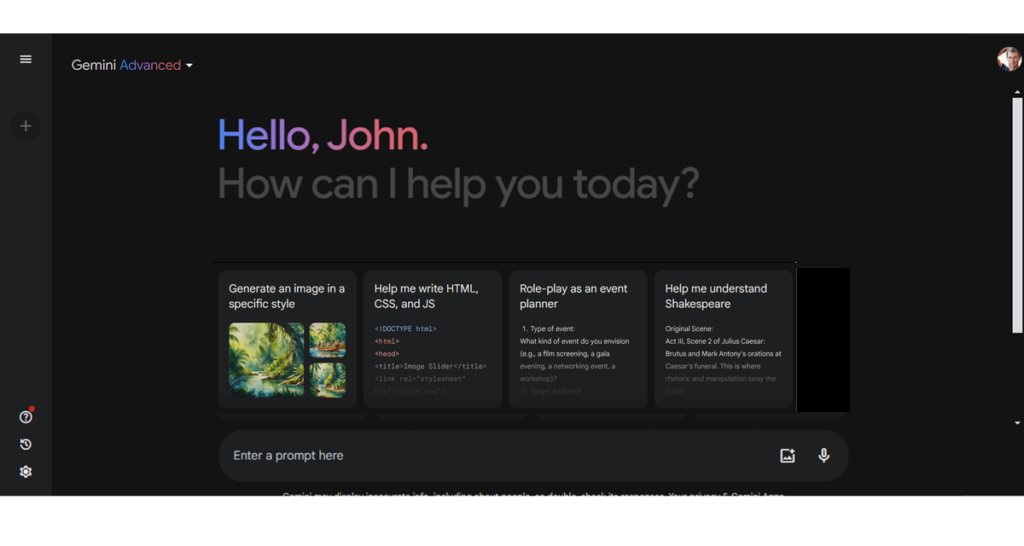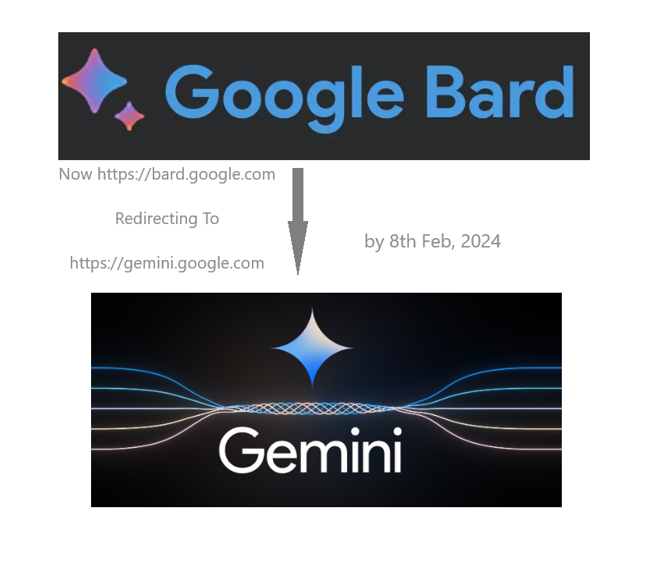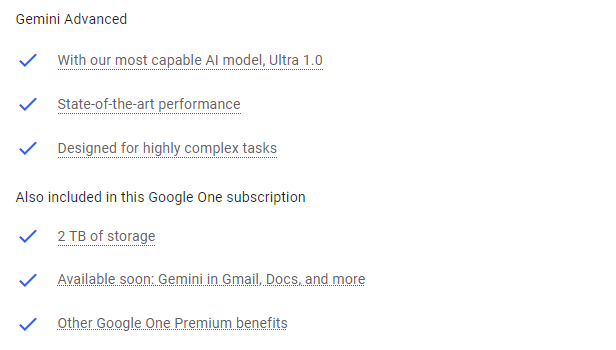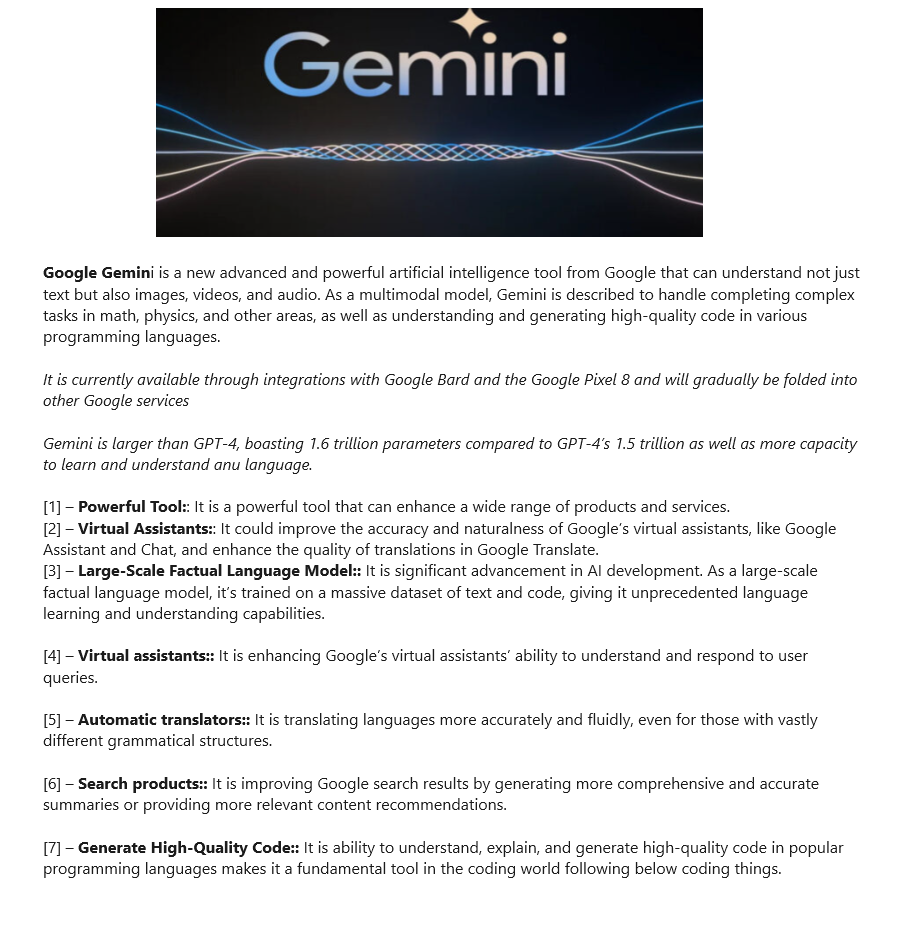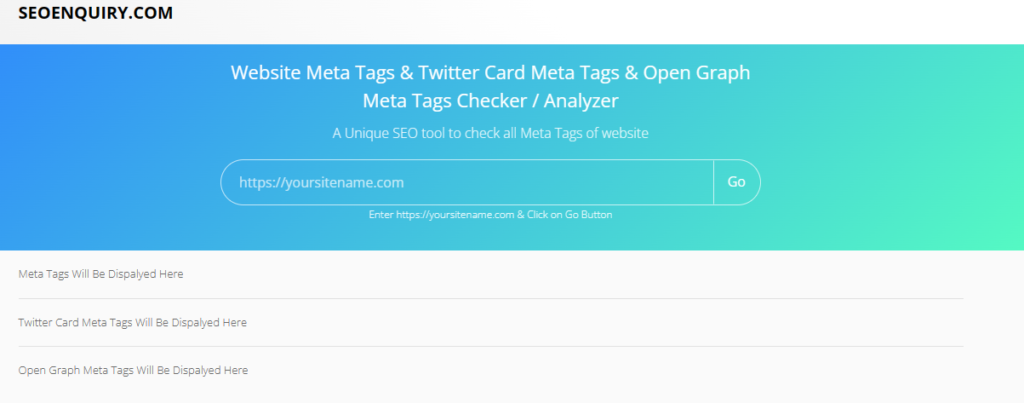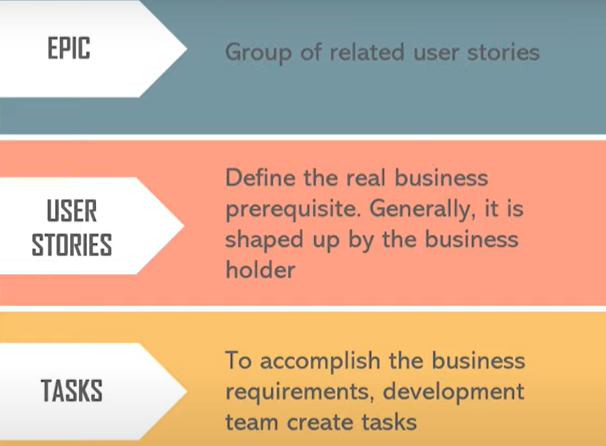The following below steps need to Integrate
Step [1] – Unique or Random Admin URL: Changing the default admin URL to a unique one can make it harder for hackers to find. This is an effective measure to protect the admin panel from unauthorized access
Step [2] – Two-Factor Authentication (2FA): Implementing 2FA for admin access adds an extra layer of security by requiring users to provide two different authentication factors to verify themselves
Step [3] – IP Address Restrictions: Restricting access to the admin panel based on IP addresses to prevent unauthorized access
Step [4] – Update Security Extensions: Update Security extensions tools as per latest version
Step [5] – Regular Updates and Patches: Keeping the Magento installation up to date with the latest security patches and updates is crucial to protect against known vulnerabilities
Step [6] – SSL Certificate Installation: Using an SSL certificate helps secure the connection between the user’s browser and the server, ensuring that all data passed between them remains private and integra
Step [7] – Magento 2 Security Scan Tool: Using Magento 2 Security Scan Tool to scan application on regular Interval
Step [8] – Application Firewall: Integrate Application firewall on cloud server
Step [9] – Upgrade to the latest release of Magento 2.x or Adobe Commerce: Update latest version of Magento 2.x or Adobe Commerce as per latest release Version

